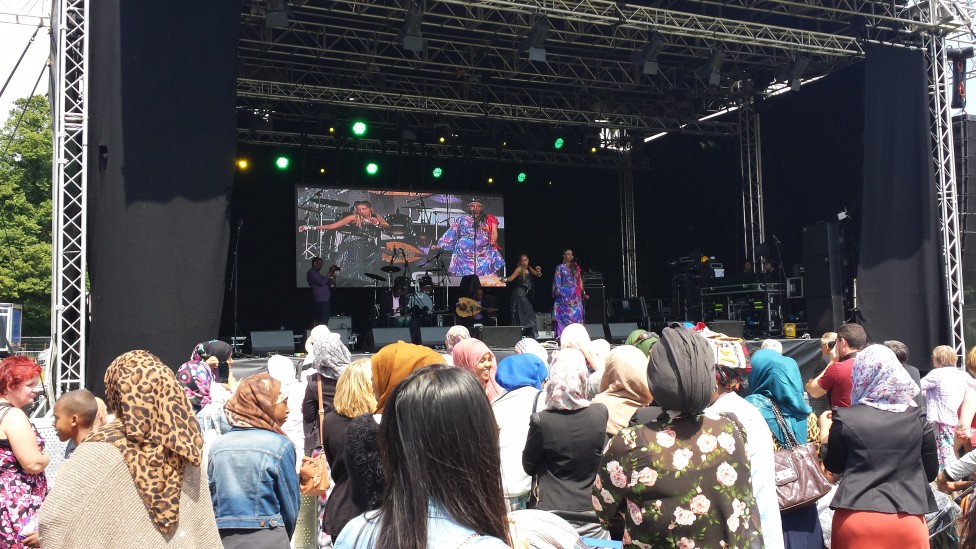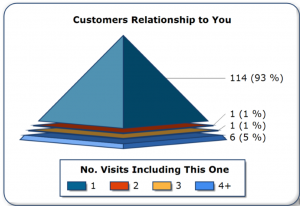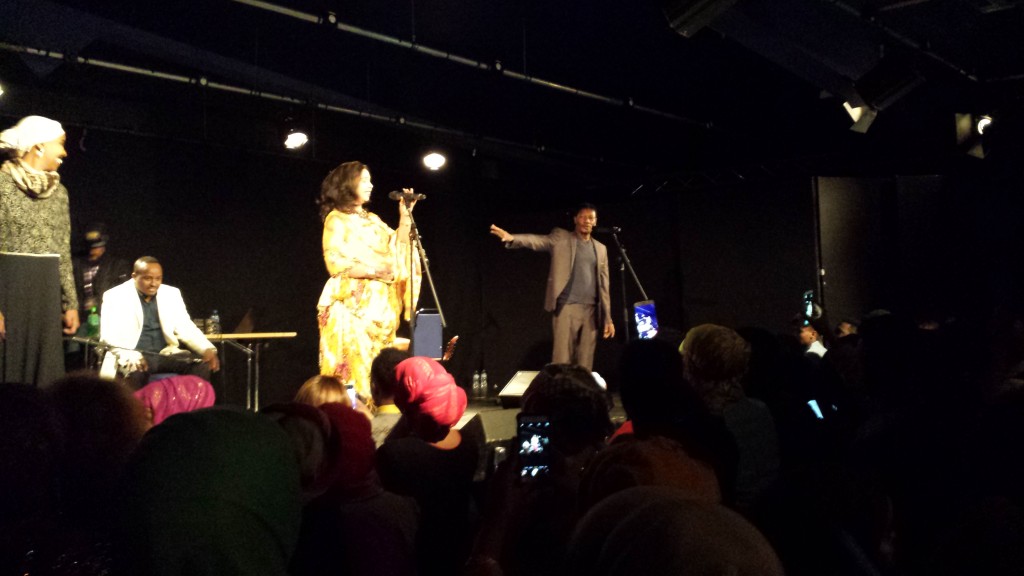Way Art West delivered an incredible 90% new audience with its Strategic Touring project Track Change. This unprecedented success attracting difficult to reach communities to premier venues and festivals, challenges arts professionals following the Centre Stage report by the Andrew Lloyd Webber Foundation. Way Art West’s experience and conclusions are dealt with in another article on our site.
Most audiences, participants and artists involved live and work in Britain but were never catered for. Track Change worked with England’s Somali and South Asian Communities to bring top singers to Birmingham, Bristol, Leicester, Liverpool, London Manchester and Sheffield. Due to cuts in local funding several arts organisations could not stay involved; one of the most successful, the Drum in Birmingham closing in 2016. This means that data is incomplete. However data collected presents a consistent picture of an audience that is both local, and new, to the venue.
In the case of Shreya Ghoshal data collected shows a maximum distance travelled of 90 miles to the West and 70 miles to the east of the venue, Colston Hall. However the vast majority, 85%, came from BS postal codes. The legend at the bottom of Figure 1 refers to the number of attendances. One visit means that this event was the first recorded visit to the venue. A simple visual survey of the venue by Way Art West and confirmed by the venue CRM team shows that it was at least 90% South Asian. Comparing new audiences for other events at the hall shows arts primarily of interest to South Asian audiences delivers a far higher proportion of new audiences. Shreya Ghoshal delivered a 90% new audience; South Asian classical for example started with new audiences in the region of 60% and more ethnically diverse.
Similar, if slightly higher new audience figures we achieved for Somali music events. The largest data set was for the Somali Stars concert, from the sell out tour of 2015. Distance travelled was slightly less and the proportion of audiences from the BS postcodes was slightly lower at around 80%. Anecdotally this may be due to a reluctance to be recognised. The 93% new audiences for the Somali Stars was without precedent and probably the most successful audience development outcome ever achieved by the Strategic Touring fund of Arts Council England.
A subsequent tour of Somali artists to coincide with Eid in July 2016 saw a drop of of new attenders down to 64%, however this was due to 20% of the audience being retained from the previous Somali Stars tour – a very encouraging result and one that underlines the importance of continuing this investment.
The rationale behind Track Change’s approach to Strategic Touring is that it is the arts professionals not audiences that should be doing the work in audience development. Is it reasonable to expect communities with low engagement to give up their spare time and cash to visit an unfamiliar place to see something they know nothing about? Is it right that arts professionals remain in their familiar place with familiar art forms? Track Change suggests the answer is no; it should be paid arts professionals that leave comfort zones to engage on the communities’ terms and not visa versa.





